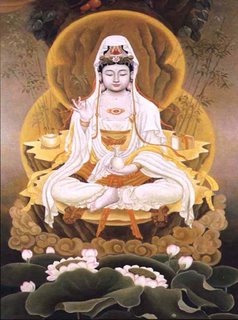Involvement and Commitment
This article is about involvement and commitment, two of the things we need to be successful. This applies to our jobs or businesses, relationships, and even our recreational pursuits. Any type of success, whether it is personal, professional,
academic, or athletic, will usually require a combination of involvement and commitment.
I hope the headline stirred your interest. Here is how chickens,
pigs, and even cows, can help define involvement and commitment.Think about a meal consisting of eggs and ham and consider the contributions made by a chicken and a pig. A chicken provided theeggs and a pig provided the ham. It can be said the chicken was involved, because the chicken continues to live as it lays more eggs. It can be said the pig was committed, because the pig gave its all to provide the ham and other pork products.
The same principle can be applied to two cows and a cheeseburger. The cow that provided the milk to be processed into cheese was involved, while the cow that provided the beef for the hamburger patty was committed.
It is not my intention to make light of animals that lose their life to provide food for humans, nor to offend anyone that does not eat beef or pork for religious or dietary reasons. These examples simply illustrate that being involved may mean being a participant with little or no effort, while being committed takes time and energy, and means much more than just being involved.
Consider a recreational activity, such as a game of chess, or a softball game. You can be involved by just playing the game, no matter how good you are. However, to really be successful, to win more than you lose, you must have made a commitment at some point in your life. For chess, it means taking the time to understand the game and study winning strategies. For softball, it means at some point you practiced hitting and throwing a ball. There are a few fortunate people with a large degree of natural ability to do certain things, but most of us need to work at it.
Most of us have made some commitments for which we put forth a small effort on a regular basis. For example, things like taking a bath/shower and brushing our teeth are often taken for granted.However, those things can be thought of as a commitment to good grooming and proper hygiene.
Marriage definitely takes involvement and commitment. You can be involved just by signing a marriage license and saying some vows.For the marriage to be a lasting success, it takes a commitment from both people. It means working together toward shared goals,communicating with each other, and resolving the occasional conflicts that may happen. It may take a little effort, but the personal rewards are well worth it.
A commitment isn't something to fear, nor does it mean that your entire life must revolve around the commitment. You simply direct some time and effort toward accomplishing your goal. You may have several goals in your personal and professional life. Things such as striving for a promotion, improving your golf game, losing that extra twenty pounds, and being a better spouse or parent are examples of worthy goals. It takes a commitment of both time and effort to reach each milestone.
Involvement and commitment are also important when it comes to business opportunities; especially network marketing (MLM). You need to put forth some effort to really make things happen, no matter how much hype you hear about your downline being built for you. When you look at an opportunity, try to find out the level of commitment that is needed to reach a desired level of success.
People who are successful in their chosen endeavors agree that we can all get more out of life when a little bit of involvement and commitment is applied to the things we consider to be important.
Start making improvements today by deciding which things are most
important to you and make a commitment to do those things better.Often, just a little more effort will produce tremendous results.
--by Gordon Bellows
